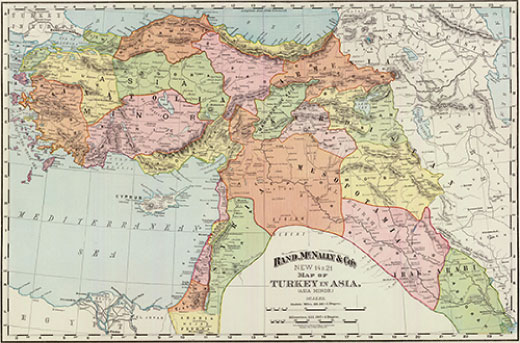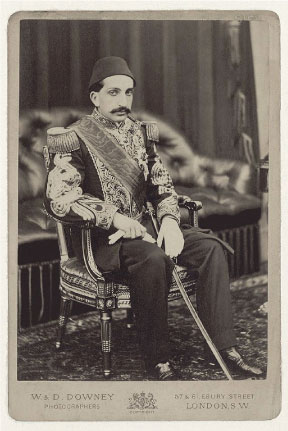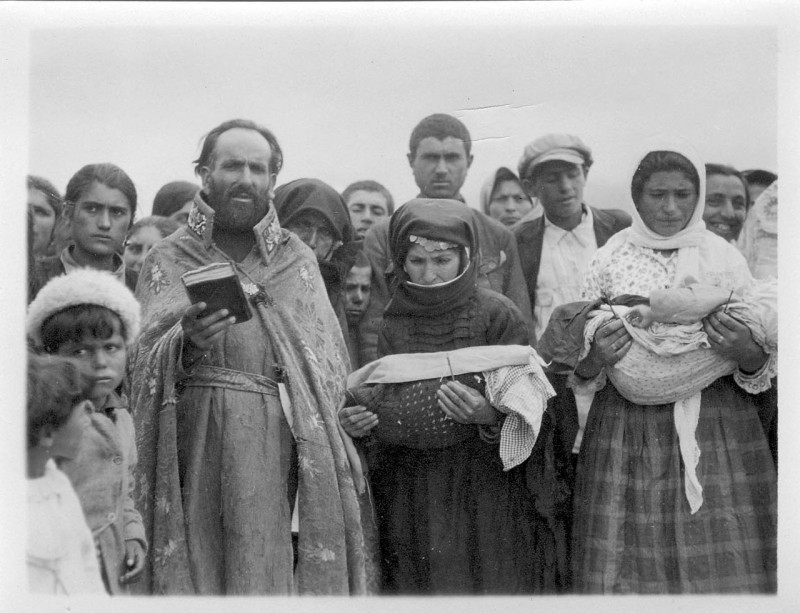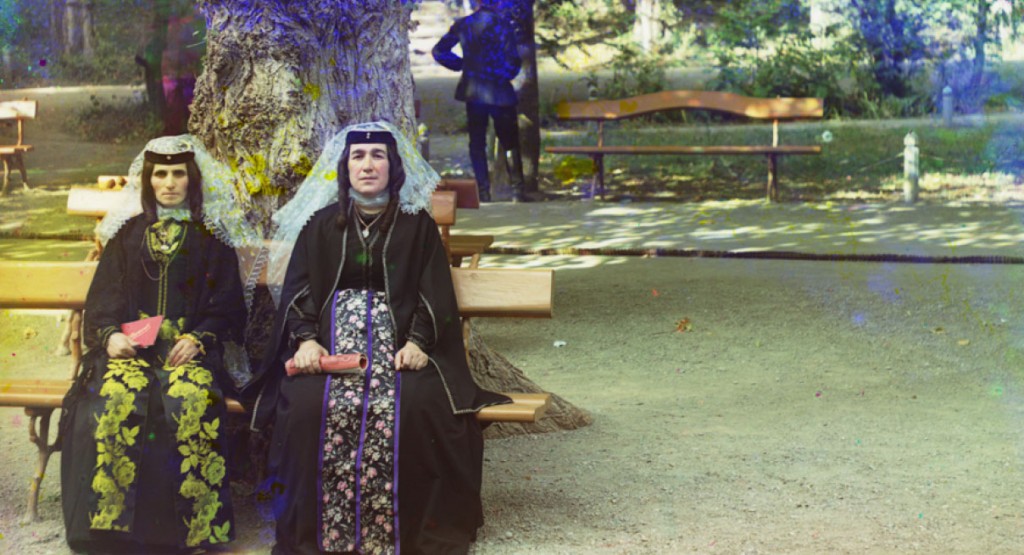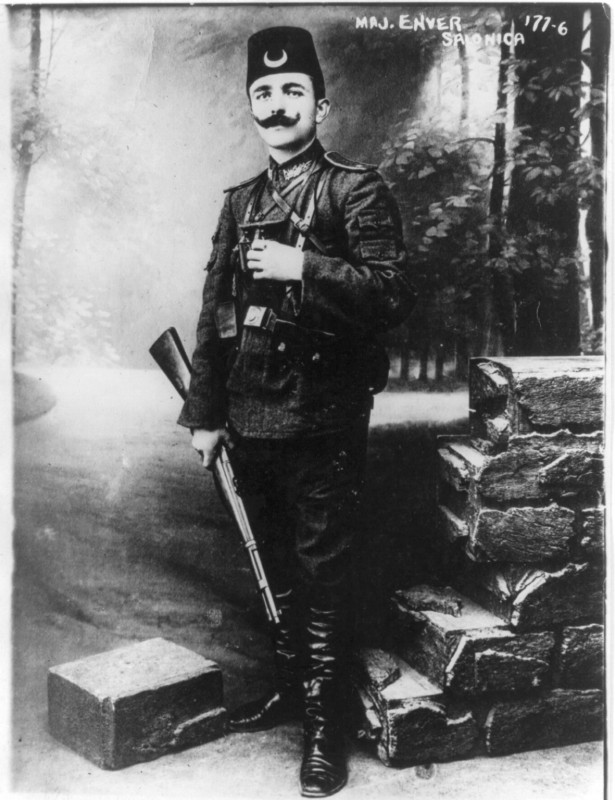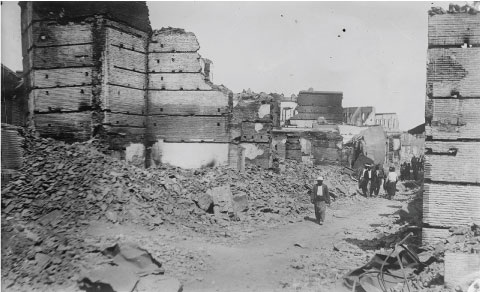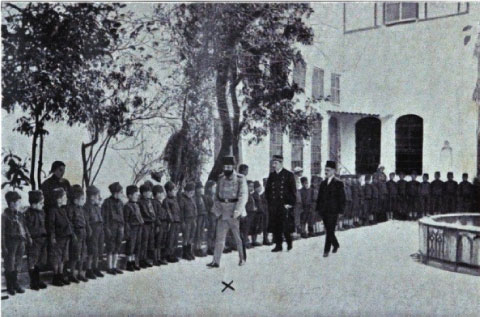1880 - 1914
The Armenian Question
Most Ottoman Armenians lived in Central and Eastern Anatolia. The Armenian population was largest in the Vilayet closest to the Russian and Persian borders, including Van, Erzurum, and Bitlis.
The Ottoman Empire and the Russian Empire went to war repeatedly in the 1800s. As a Christian Empire, Russia felt a kinship with the Christians living under Ottoman Rule. The Russo-Turkish War of 1877-1878 was a mission to liberate Russia’s Christian counterparts from Ottoman rule while expanding Russian territories.
Scholars estimate that 2 million Armenians were living in the Ottoman Empire when World War I began in 1914. The war brought the Armenian Question, as it was known, to the international stage.
